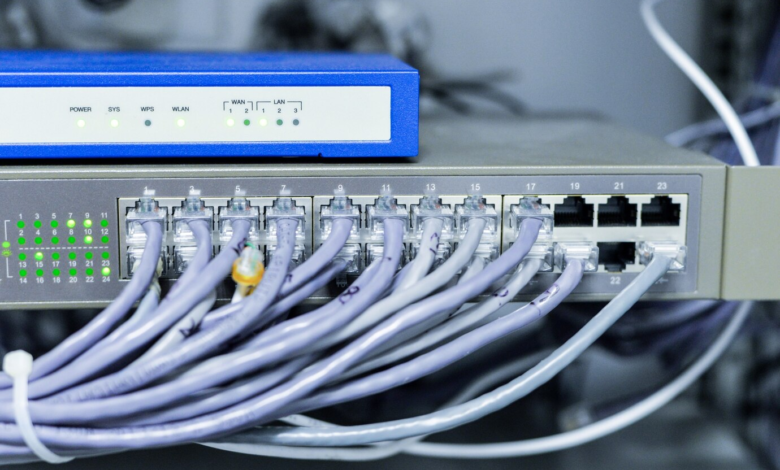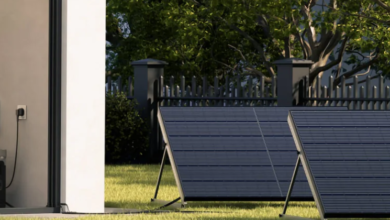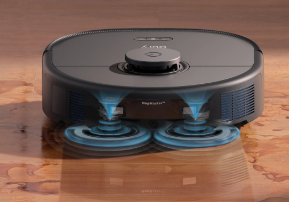How To Select The Right Data Center Switch For Your Business

When was the last time you evaluated the backbone of your business’s digital infrastructure?
As data traffic increases and more businesses migrate to cloud services, having the right data center switch becomes essential.
But with so many options available, how do you select the right switch for your business needs?
With global data center traffic projected to grow to 175 zettabytes annually by 2025, selecting the right switch has never been more important. Your switch’s capacity to handle traffic, ensure security, and offer scalability will significantly impact your network’s performance, making it crucial to align your choice with current and future business needs.
This guide will walk you through the most important factors to consider when choosing the best data center switch.
1. Understand Your Business Needs
It is important to first establish the needs of your business before delving into the specifics of a data center switch. This comprises assessing your current network design, your current data traffic level, and how expandable your network has to be in the coming months.
Furthermore, consider the following factors:
- Business Size: Small firms do not necessarily require switches capable of processing enormous traffic compared to their big-scale counterparts, for which switches need to accommodate numerous devices and high traffic.
- Growth Expectations: Consider the growth potential of your business. Will you need to scale your data center infrastructure in the next few years? Investing in a switch that can grow with your business can save time and money down the road.
- Industry Requirements: Take into consideration the ability of the business to grow in the future. Are you likely to expand your data center facility in the next one to two years? Choosing a switch that can be expanded as your company evolves can be advantageous in the long run.
2. Consider Layer 2 vs. Layer 3 Switches
Switches work at different layers of the OSI model, which is fundamental to consider when selecting them for your organization.
- Layer 2 Switches (Data Link Layer): These switches work at the data link layer and switch the traffic based on the MAC addresses. They are well suited for a small network where there is no need for the routing capabilities of a Layer 3 switch.
- Layer 3 Switches (Network Layer): Layer 3 switches are capable of trafficking between VLANs and subnets, which makes them desirable for larger networks.
3. Scalability and Flexibility
Image Source
The switches used in the data center should be able to grow with demand and be updated as technologies advance.
So, when selecting a switch, consider:
- Modular Switches: These enable you to install or substitute additional components, including power supplies or line cards, as your organization expands, which makes it flexibly affordable.
- Stackable Switches: If the complexity of the configurations is something you would prefer to avoid when you need to connect more switches, stackable switches allow you to connect several switches and manage them as one.
4. Consider Power Consumption and Efficiency
Since data center switches are used around the clock, power consumption is a primary consideration to address.
So, while selecting the switch, it is better to have energy-efficient switches, which in turn will help to lessen power usage and decrease operational expenses in the long run.
Some of the features you must consider in a data center switch include the following:
- Energy-Efficient Ethernet (EEE): Some switches have abilities like EEE that help cut power when data is not being sent.
- PoE (Power over Ethernet): If you want to power devices such as IP phones, security cameras, or wireless access points, the switches with the support of PoE are appropriate.
5. Check Management and Monitoring Capabilities
Image Source
Proper management and monitoring of the data center switches is essential for avoiding more frequent downtimes and lack of optimal performance.
Look for switches that offer:
- Centralized Management: A switch with centralized management means that the IT administrators can manage many switches at one central point.
- Automation and Orchestration Tools: Such tools can help simplify aspects like provisioning, patching, and upgrades and minimize direct human intervention and mistakes.
- Remote Monitoring: Select switches that allow remote monitoring of the network status to anticipate any problems arising while you are away.
6. Look for Security Features
Image Source
Security is a critical consideration in the management of data center facilities. Most modern switches have security measures to protect your network from attacks.
Therefore, when selecting a data center switch, look for the following security features:
- Access Control Lists (ACLs): These enable you to set policies and standards to regulate traffic and restrict persons from accessing certain network sections.
- Network Access Control (NAC): NAC solutions regulate how a device can access the network and provide assurance that only approved devices can connect to the network.
- Encryption: Some switches offer encryption for the data being transferred over the network, which is crucial in businesses such as the finance or health sector.
Conclusion
Selecting the right data center switch for your enterprise is going to directly affect the functionality, security and expansiveness of your network.
That said, with general considerations in mind like port speed, management options, security and scalability, one should be able to find a data center switch that can adequately support the business. Furthermore, do not forget to evaluate your business requirements and talk to the recommended vendors to make the best decision.





